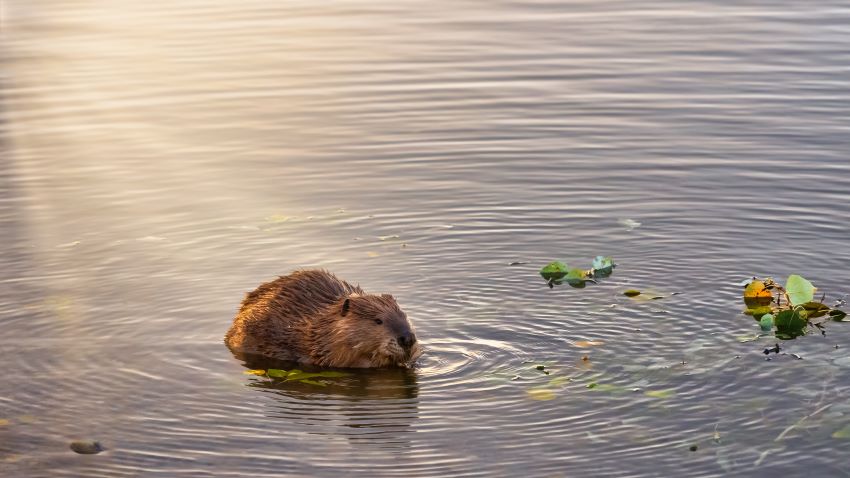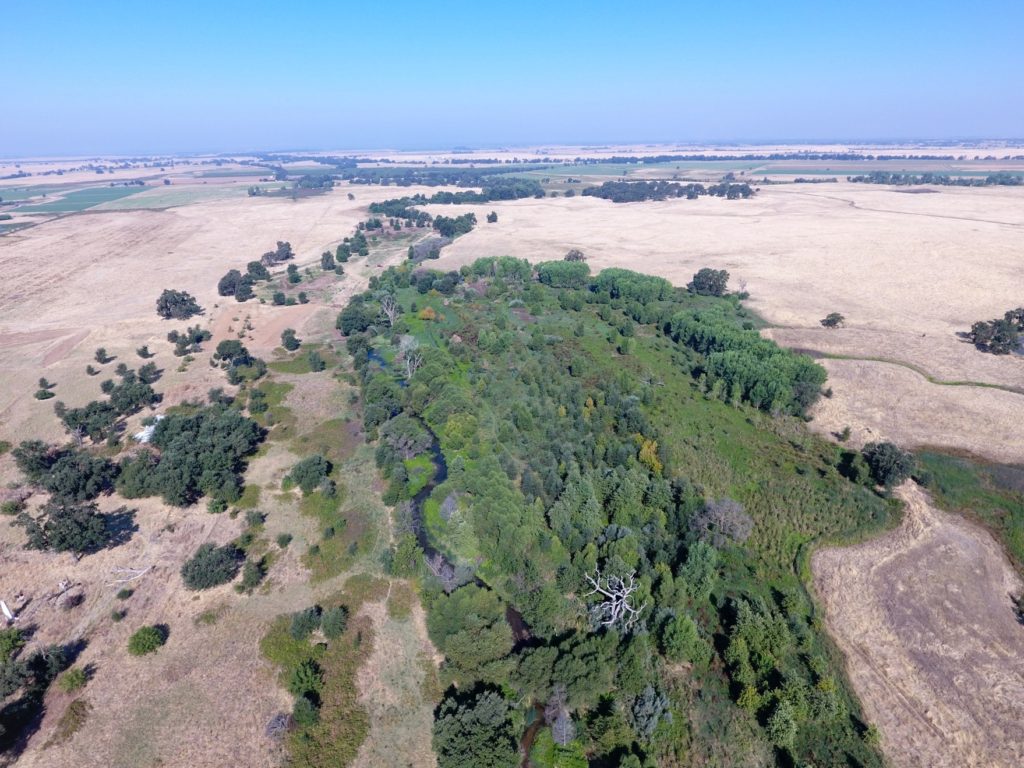Well that’s it. This is the big one. What we’ve been waiting for. I think I know what film clip this calls for.
New CDFW Policy Recognizes Ecological Value of Beavers in California
 The California Department of Fish and Wildlife (CDFW) has implemented a new policy recognizing the ecological benefits of beavers while mitigating conflict over damage to land and property (depredation). CDFW’s new policy builds upon its existing beaver management policies and lays the groundwork for projects that harness beavers’ natural ability to help protect biodiversity, restore habitat and build wildfire-resilient landscapes. This includes a process that enables beaver relocation as a restoration tool and a new non-lethal option. The policy also outlines a process to mitigate beaver depredation conflict, prioritizes the use of nonlethal deterrents whenever possible and ensures that lethal removal of depredation beavers is done in a humane manner.
The California Department of Fish and Wildlife (CDFW) has implemented a new policy recognizing the ecological benefits of beavers while mitigating conflict over damage to land and property (depredation). CDFW’s new policy builds upon its existing beaver management policies and lays the groundwork for projects that harness beavers’ natural ability to help protect biodiversity, restore habitat and build wildfire-resilient landscapes. This includes a process that enables beaver relocation as a restoration tool and a new non-lethal option. The policy also outlines a process to mitigate beaver depredation conflict, prioritizes the use of nonlethal deterrents whenever possible and ensures that lethal removal of depredation beavers is done in a humane manner.
You got that Timmy in public works and Susie in the field office? Those beavers you are worried will flood your drain system belong to the people of California and have a job to do. You are going to need to solve that problem non lethally and show us that you tried in a reasonable way to do so before we talk about any depredation.. And that doesn’t mean writing “Hazing” on your permit application. Because that’s not reasonable.
The new policy, signed by CDFW Director Charlton H. Bonham on June 5, is available on CDFW’s beaver web page. Here are a few key take-aways related to depredation permits:
-
- CDFW shall document all nonlethal measures taken by the landowner to prevent damage prior to requesting a depredation permit.
- CDFW shall require implementation of feasible nonlethal corrective actions by the landowner to prevent future beaver damage.
- CDFW shall determine whether a property is located within the range of listed species and add permit terms and conditions to protect native wildlife.
- CDFW shall continue to prioritize issuance of depredation permits if it determines that an imminent threat to public safety exists, such as flooding or catastrophic infrastructure damage.
“Beavers help improve habitat restoration and water quality, restore ecosystem processes and bolster wildfire resiliency,” said Director Bonham. “This new policy formally recognizes beavers as a keystone species and ecosystem engineers in California. They are truly the Swiss army knife of native species due to their ability to provide so many nature-based ecosystem services.”
Beavers, the animal that doubles as an ecosystem, are ecological and hydrological Swiss Army knives, capable, in the right circumstances, of tackling just about any landscape-scale problem you might confront. Trying to mitigate floods or improve water quality? There’s a beaver for that. Hoping to capture more water for agriculture in the face of climate change? Add a beaver. Concerned about sedimentation, salmon populations, wildfire? Take two families of beaver and check back in a year.
Ben Goldfarb
The swiss army knife of native species. Who was it that used that phrase again? Oh right, that would be a direct quote from Ben Goldfarb Penn award winner in Eager: the secret surprising lives of beavers. Ben-with-his-pen created a metaphor that changed California policy.
Not just any old metaphor could have done it, either. He didn’t say they were the hydrological silly puddy, or corkscrews or duct tape that could fix every problem. He specifically chose a metaphor that conjured up treasured boyhood memories that every single member of CDFW holds dear. (Even and especially the girls). Holding a new swiss army knife, opening a shiny red swiss army knife, even having one hidden in your pocket after returning from a camping trip connected their younger selves with everything that was possible in their world. When you have a swiss army knife to rely on you do just about anything.
Ben handed CDFW a ‘sense memory’ of potential accomplishment. And with it they accomplished something huge.
CDFW is committed to ensuring that humans and beavers can safely coexist when and where possible, and continues to prioritize communication, staff training, public education and outreach to reduce human/beaver conflict. CDFW staff will provide technical assistance to landowners to prevent future occurrence of beaver damage. In 2020, the CDFW Human-Wildlife Conflict Program created a comprehensive online Human-Wildlife Conflict Toolkit that includes accessible resources with logistically and economically feasible options to help property owners prevent damage due to beaver activity.
The other key word is NATIVE SPECIES. Which was only able to happen because of OUR historic California beaver articles. Thank you Chuck James for laying the foundation for them and Rick Lanman for making them spring to publishable life. This whole day is a reminder that the Pen is mightier than the Conibear!
 On May 24, a consortium of advocates representing the Beaver Policy Working Group and the Placer Land Trust hosted a field trip for legislators and agency representatives including CDFW to Doty Ravine in Placer County to see beaver restoration at work. The field trip served to highlight the state’s Natural and Working Lands Climate Smart Strategy (Executive Order N-82-20) in action.
On May 24, a consortium of advocates representing the Beaver Policy Working Group and the Placer Land Trust hosted a field trip for legislators and agency representatives including CDFW to Doty Ravine in Placer County to see beaver restoration at work. The field trip served to highlight the state’s Natural and Working Lands Climate Smart Strategy (Executive Order N-82-20) in action.
The California Natural Resources Agency’s YouTube page features an interview from the field trip (Video)(opens in new tab) with CDFW Beaver Restoration Program Manager Valerie Cook.
Doty restoration project would never exist without the mindblowing effort of Damion Ciotti from USFS who had the dogged and gentle persistence to make it happen in the county that was least inclined to cooperate with beavers in the entire state, And its possible that our consistent review of depredation permits pointing out that Placer was NUMBER ONE in beaver killing that got me eventually invited to the fish and game commission in Placer which was VERY ANNOYING but which Damion actually attended and spoke up afterwards planted the seeds that grew into Doty in the second place.
On May 25, CDFW hosted its first virtual informational meeting (webinar) to celebrate the formal launch of the new Beaver Restoration Program. More than 250 people including media outlets attended this webinar to learn more about this historic program. Program staff will collaborate with diverse partners to translocate beavers into watersheds where their dams can help restore hydrologic connectivity, ecological processes and natural habitat. A recording of the webinar is available on CDFW’s beaver web page under the “Beaver-assisted Restoration” tab.
Well, at the time I wasn’t overly impressed with the meeting and thought the very best part of it was the fact that Bonham’s right hand man called beavers swiss army knives. Which implied that he actually read Ben’s book and learned something in the process.
And, what do you know, it turns out I wasn’t wrong.





































